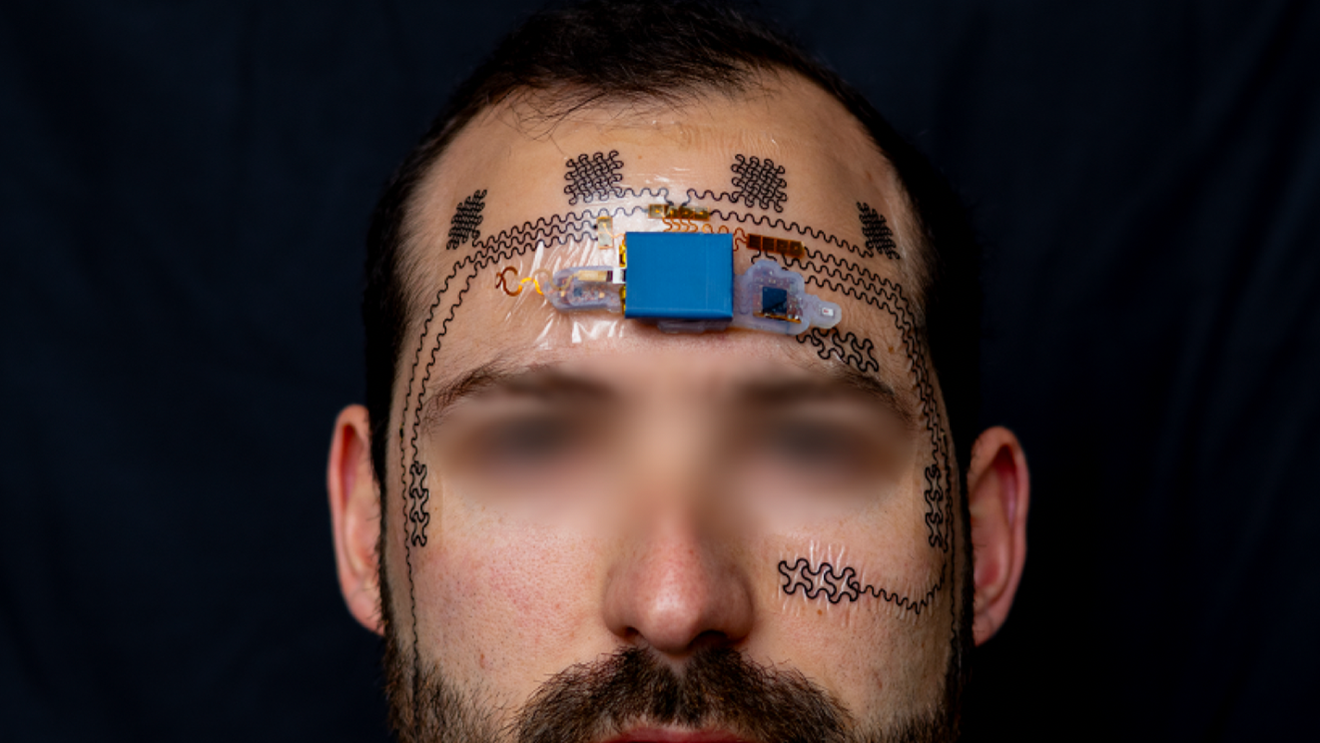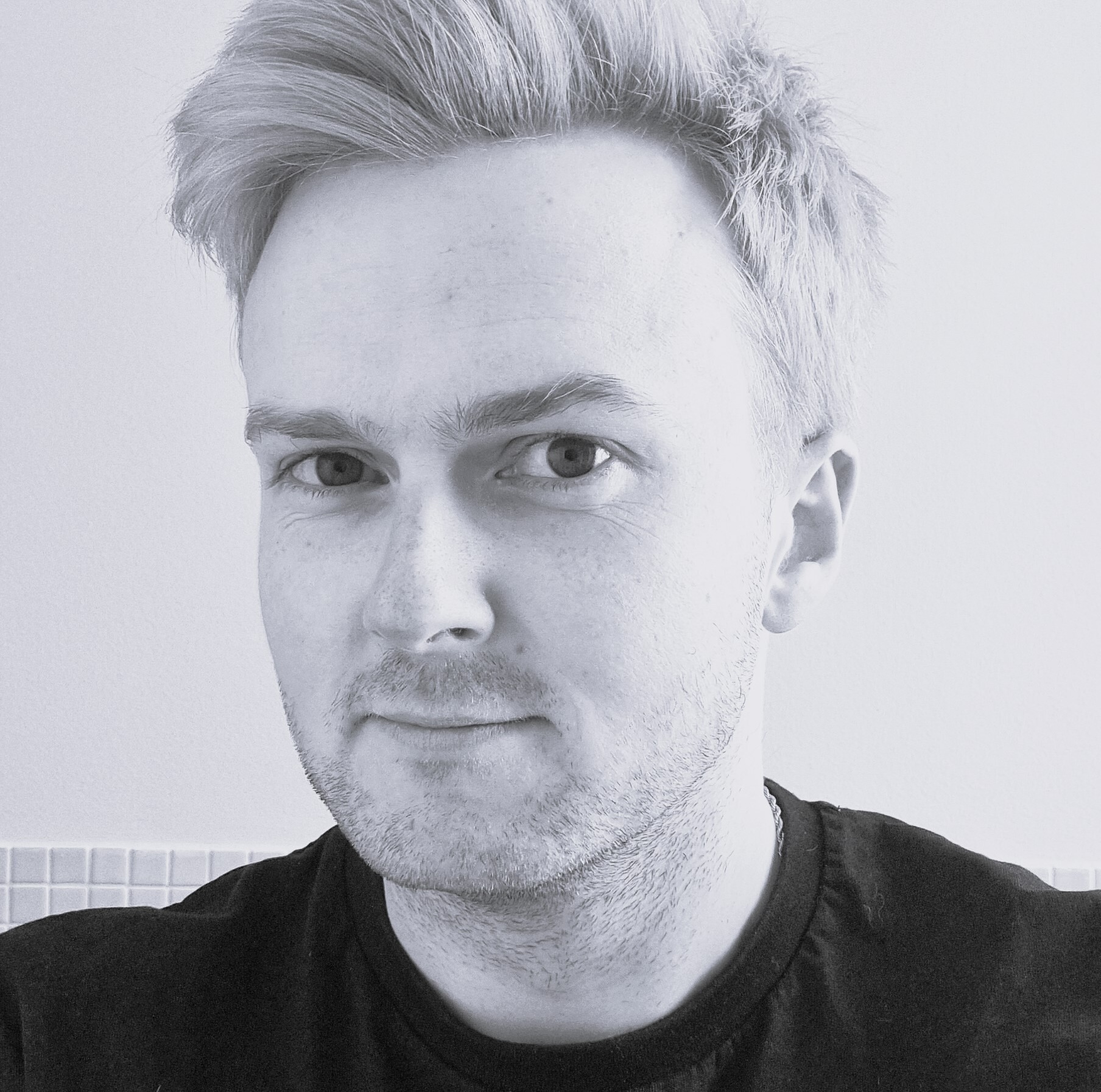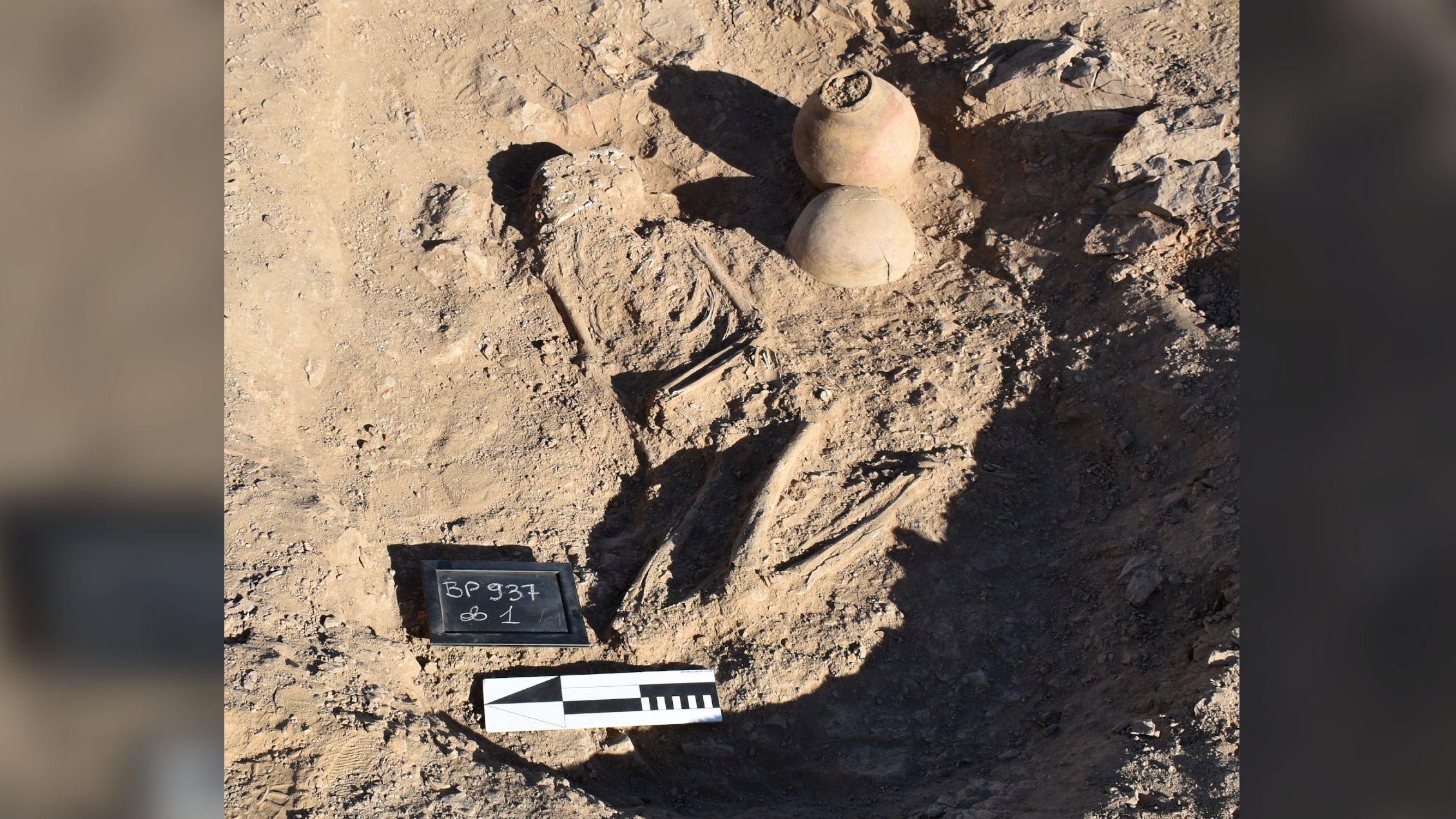Electronic face 'tattoos' could measure your mental strain at work
A disposable, electronic "tattoo" that measures mental workload could be used to enhance safety in high-pressure jobs, researchers say.

Scientists have invented an electronic, temporary face tattoo designed to measure the wearer's mental workload — and they hope it could help flag when people in high-pressure positions, like air traffic control, need a break.
In the past year, several high-profile disasters have highlighted the risks associated with overworked staff being pushed to their limits. One notable tragedy occurred in January, when a mid-air collision between a helicopter and a passenger plane killed 55 people. It happened at a time when staffing at Reagan National Airport tower was "not normal" and single air traffic controllers were covering work usually assigned to multiple controllers.
These incidents reveal a number of pressing problems, including a need for better systems to assess mental load in high-pressure jobs that require intense focus, the scientists behind the new "e-tattoo" told Live Science. The researchers described their new system in a paper published May 29 in the journal Device.
The e-tattoo works by detecting brain waves through the wearer's forehead and using that data to assess the mental effort they are exerting. The creators say that their system offers a quicker, more-objective approach than existing methods.
The current gold-standard approach to assessing mental workload is self-reporting — in other words, people will monitor their own tiredness and report when they're spent, said study co-author Nanshu Lu, a professor of engineering at the University of Texas (UT) at Austin. But unfortunately, "humans are not very good at judging and assessing their own mental performance," Lu told Live Science.
For that reason, researchers have pursued objective, physiological markers of mental tiredness by recording brain activity. The least invasive way to monitor brain activity is through electroencephalography (EEG), a technique that uses carefully placed electrodes to measure electrical signals pulsing across the scalp.
Related: What is burnout?
Get the world’s most fascinating discoveries delivered straight to your inbox.
Conventional EEG devices look like shower caps, but to ensure a stable connection, a conductive substance, like a special gel, must typically be applied to the scalp. Additionally, a slew of wires extend from the cap's electrodes to a machine that collects the electrical data, making participants look like they are wearing a bowl of electrical spaghetti.
Lu's new system, developed in collaboration with co-author and fellow UT engineering professor Luis Sentis, utilizes a disposable, polymer-based, adhesive sticker — the "tattoo" — customized to the wearer's face shape. This is paired with a lightweight battery and electrode system that records brainwaves from the user's forehead.
Brainwaves come in different frequencies, ranging from slower (delta and theta) to faster (alpha, beta and gamma). Previous studies have linked degrees of mental workload to distinct patterns of these different brainwaves.
Lu and Sentis conducted a small pilot study to test their device. Six participants wore the cap as they undertook a memory test that ramped up in difficulty in each round. As the challenge increased, participants' delta and theta waves increased in power, while their alpha, beta, and gamma waves decreased — a finding indicative of increased mental workload.
This data was then fed into a machine learning model, which estimated the mental workload each participant experienced at different task difficulties. The estimates produced by the model closely correlated with participants' self-reported workload as measured by the NASA Task Load Index, a questionnaire-based tool.
The e-tattoo's correlation to the NASA Index was "similar to using a whole-cap brain sensor," Sentis told Live Science. Users' sweat actually helped the system by reducing electrical impedance and improving recording accuracy over time. "It gets better the longer that you wear it," said Gert Cauwenberghs, a professor of bioengineering at the University of California, San Diego who was not involved in the study.
However, the new approach does have some drawbacks. Currently, the system can only record from hairless skin, like the forehead, Lu said, whereas conventional EEG caps record from many electrodes across the whole scalp. The team hopes to overcome this by using an approach that prints ink-based circuits directly onto the scalp.
The current system records in real-time, like standard EEG, but the analysis of that electrical data is processed separately on a computer. Lu said that workers in high-pressure jobs would likely benefit from live assessment and feedback. The team's next target is to build a neural network — another type of artificial intelligence model — into the tattoo's Bluetooth chip. This would allow data recording and analysis to both be conducted entirely within the tattoo itself.
"Whether it's pilots or drivers, supervisors of robotic systems — we're probably going to be seeing a higher mental workload of people performing tasks that are critical," Sentis said. "I see these sensors being used in real time very soon," he said.
Cauwenberghs agreed that the technology could be ready for commercial applications, but he questioned whether employers and employees would be ready to adopt such an obtrusive technology in the name of safety.

RJ Mackenzie is an award-nominated science and health journalist. He has degrees in neuroscience from the University of Edinburgh and the University of Cambridge. He became a writer after deciding that the best way of contributing to science would be from behind a keyboard rather than a lab bench. He has reported on everything from brain-interface technology to shape-shifting materials science, and from the rise of predatory conferencing to the importance of newborn-screening programs. He is a former staff writer of Technology Networks.
You must confirm your public display name before commenting
Please logout and then login again, you will then be prompted to enter your display name.
